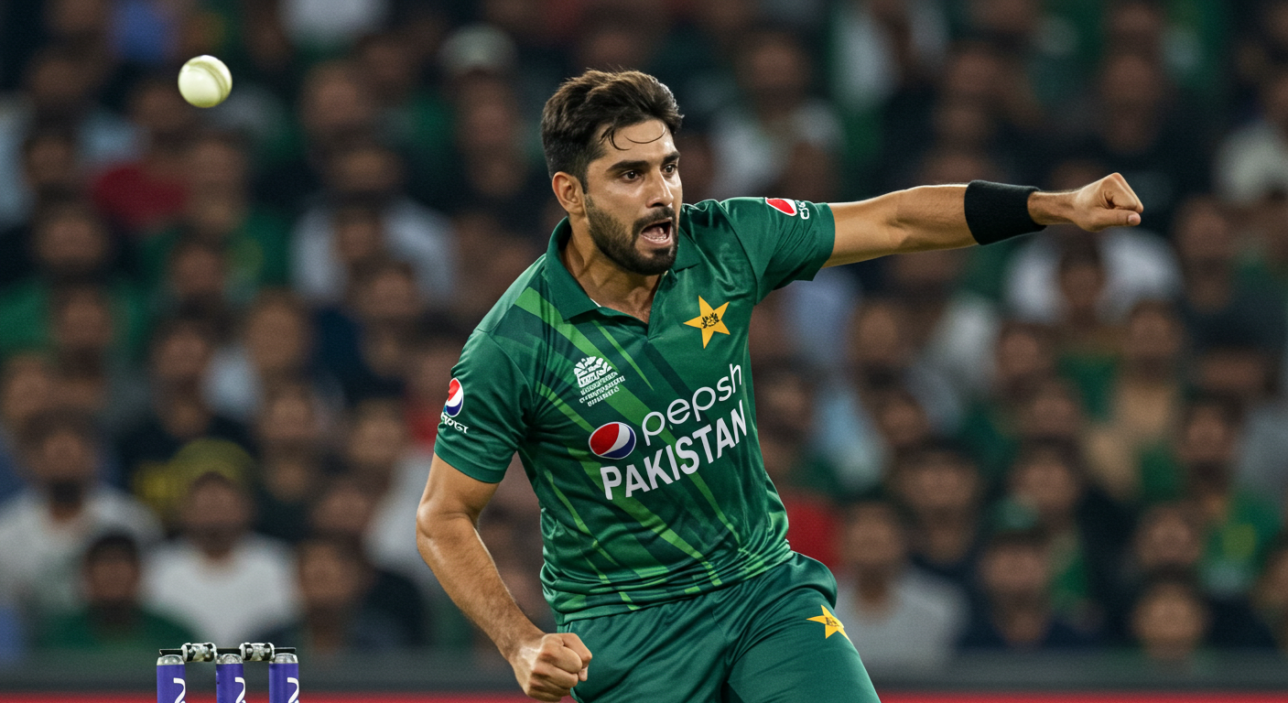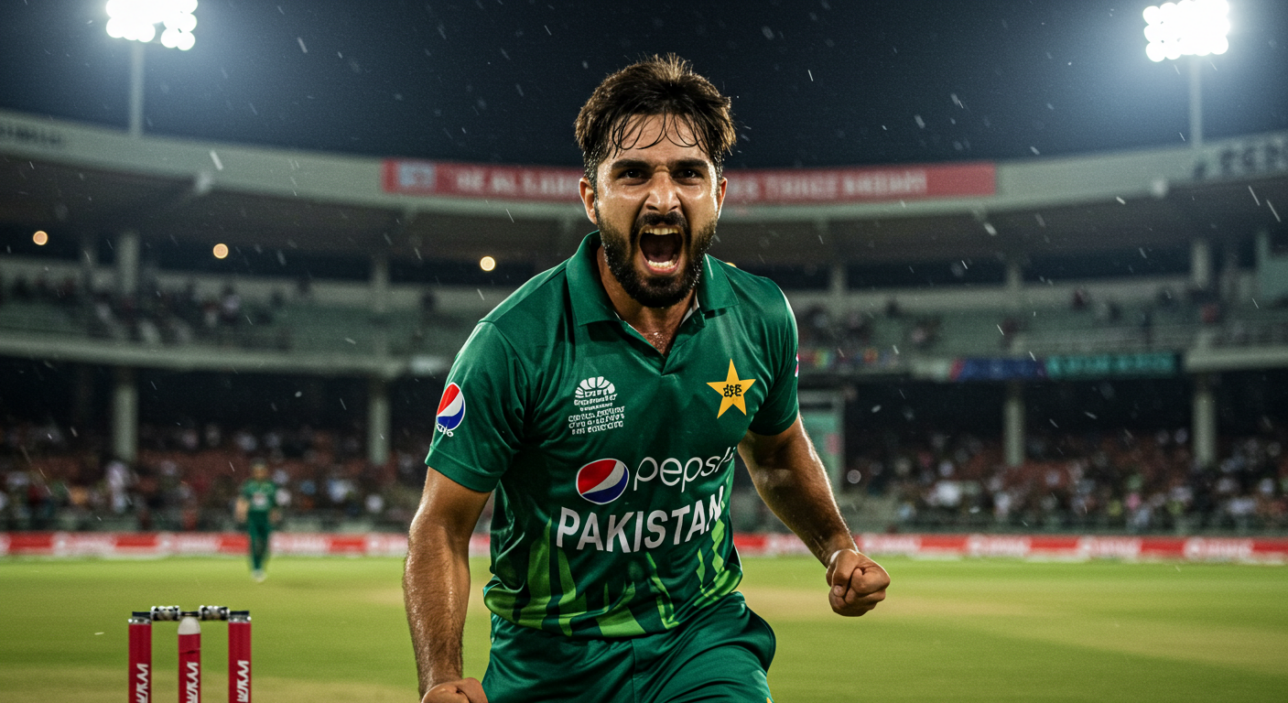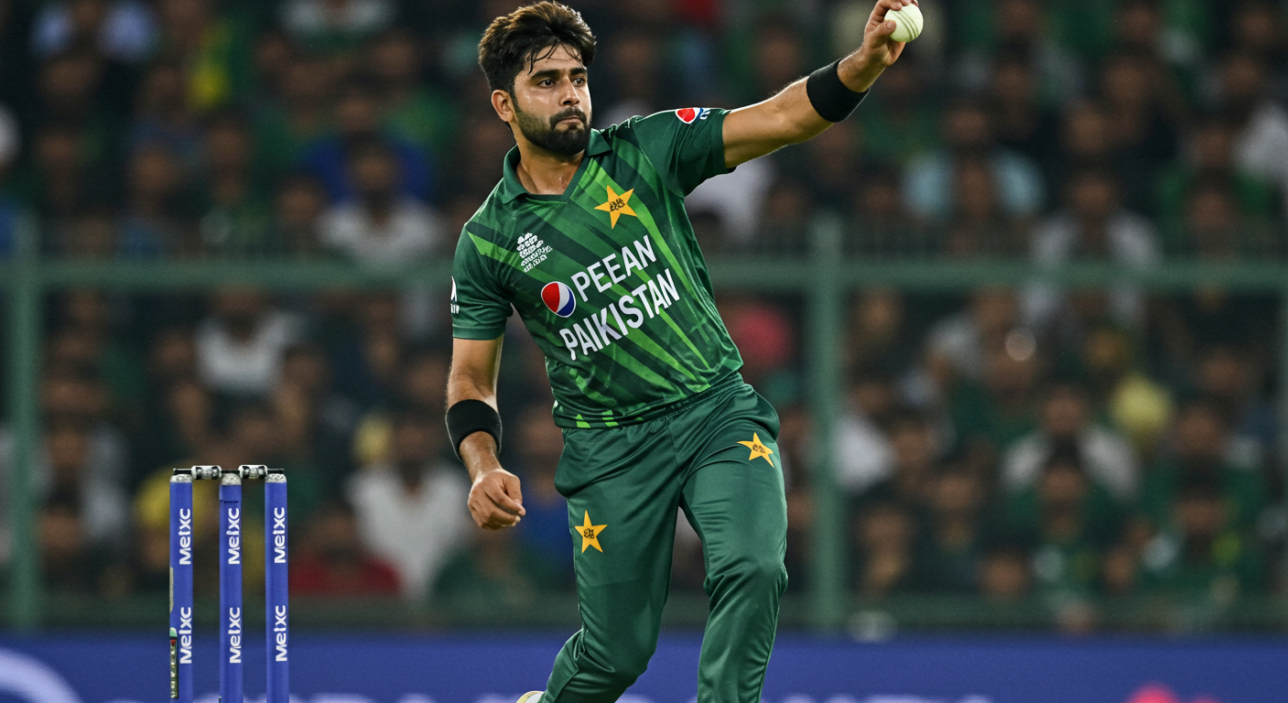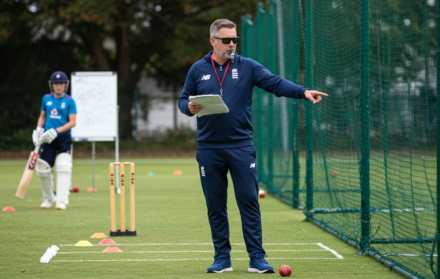
Shaheen Afridi: Pakistan’s Strike Bowler and Injury Puzzle
Few bowlers in modern cricket make an impact as immediately and as violently as Shaheen Shah Afridi. Tall, explosive, and capable of swinging the new ball at high pace, he isn’t just Pakistan’s spearhead—he’s a symbol of their cricketing DNA: raw talent, natural aggression, and an ability to dismantle top orders before teams can settle.
But there’s another side to the story.
For all his brilliance, Afridi has also become a player Pakistan fans watch through half-clenched fists. His frequent injury spells, coupled with questions around workload and recovery management, have created a maddening cycle: dominant return, disruption, and rehabilitation. Just when he looks ready to carry the bowling attack for a decade, his body betrays him again.
This article explores the dual narrative of Shaheen Afridi—the strike bowler Pakistan dreams through, and the injury conundrum they’ve yet to solve. We’ll look at his performances, the impact of his absences, and the bigger questions around how Pakistan cricket manages generational fast bowling talent in an era of jam-packed calendars and fragile biomechanics.
1. The Match-Winner: Afridi’s New-Ball Brutality

At his best, Shaheen Afridi doesn’t just take wickets—he takes control. There are few sights in world cricket as terrifying for a right-handed opener as Afridi steaming in with a new ball, landing it on a perfect length, and swinging it back in at 145kph. It’s not just the pace. It’s the angle, the height, the late dip. When it works, it’s devastating.
His performance against India in the 2021 T20 World Cup remains the most iconic example. With two unplayable deliveries—one nipping in to trap Rohit Sharma, another skidding through KL Rahul—he broke the game open in his first spell. He didn’t just set the tone for the match—he set the tone for an entire World Cup campaign.
In ODIs, his numbers speak volumes. He strikes early, often inside the powerplay, and maintains a sub-25 average. In Tests, he’s become Pakistan’s most reliable bowler—able to extract bounce on dead pitches and reverse the ball when the shine fades. Across formats, his impact is front-loaded: he changes the trajectory of matches in the first 6–8 overs.
But what makes Afridi more than just a firecracker is his discipline. Unlike many young pacers who chase wickets ball after ball, he’s learned how to bowl in partnerships, build pressure, and think through spells. He’s no longer just a wicket-taker—he’s become a leader of the attack, often bowling the tough overs when others hesitate.
And yet, for all this brilliance, the very force that makes him dangerous—his physical intensity—is the same force that keeps pulling him away from the game.
2. The Breakdowns: When the Body Can’t Keep Up with the Ball
Fast bowling is brutal. And for someone like Shaheen Afridi, who releases each delivery with full-body momentum, the physical toll is inevitable. What’s worrying, though, is how frequent and ill-timed his injuries have become.
The first major red flag came in mid-2022 during the Sri Lanka tour, where Afridi suffered a right knee ligament injury. At first, it was deemed minor. But the recovery dragged, ruling him out of the Asia Cup and raising concerns about whether his rehab was being rushed. He returned for the 2022 T20 World Cup, but looked undercooked—his pace was down, and he lacked the sharpness that defines his spells.
Then came the final against England. Just as Afridi seemed to be hitting rhythm again, he landed awkwardly while taking a catch. The knee flared up. He walked off the field. And Pakistan, suddenly without their main strike bowler, lost their edge—and the final. It was a gutting repeat of a pattern: Shaheen returns, starts to build momentum, then breaks down again.
Part of the issue lies in Pakistan cricket’s long-standing struggle with injury management and player rotation. Shaheen, barely into his mid-twenties, has already carried a Test, ODI, and T20 workload with minimal rest. Unlike some teams that strategically rotate their quicks, Pakistan’s reliance on Shaheen has bordered on dependence.
His bowling style, too, adds to the risk. Unlike taller bowlers who rely on bounce and angles, Shaheen drives through the crease with his front leg, placing massive stress on the knee and lower back. Without tailored workload planning and biomechanical support, it’s a recipe for recurring breakdowns.
For Pakistan, it’s a cruel trade-off: the bowler most capable of winning matches is also the one they may be shortening the career of by leaning on too heavily, too often.
3. The Ripple Effect: What Happens When Shaheen Goes Missing

When Shaheen Afridi is unavailable, it doesn’t just weaken Pakistan’s bowling—it redefines the entire attack. With him in the XI, Pakistan have an opening spell that threatens the best in the world. Without him, they often look flat, predictable, and overly reliant on spin.
The 2022 Asia Cup was a clear example. Without Shaheen, Pakistan’s pace attack lacked early bite. Naseem Shah stepped up admirably, but the absence of a left-arm option unbalanced the bowling unit. Opposition batters faced fewer new-ball threats, and Pakistan were forced to chase more often than they planned. Their ability to dominate in the first ten overs simply vanished.
Tactically, Shaheen’s absence compresses Pakistan’s options. He usually bowls two spells—upfront and at the death. Without him, Haris Rauf is asked to bowl in unfamiliar phases, and young pacers like Mohammad Wasim Jr. are thrown into pressure situations. The entire bowling order stretches thin, and that fragility becomes more obvious against elite batting line-ups.
His batting, though underused, is missed too. Afridi has played key cameos at No. 9 or 10—his six-hitting ability in the final overs often nudging Pakistan towards competitive totals. Without him, the tail shortens and the margin for error reduces.
But it’s not just about tactics—it’s about psychology. Shaheen’s presence gives Pakistan belief. He brings energy, aura, and that unquantifiable edge that makes batters nervous. His absence? It lingers. Not just in the scoreboard, but in the tempo of the field, in the captain’s planning, and in the crowd’s energy.
Without him, Pakistan are still competitive. But with him, they’re dangerous. And that gap is impossible to ignore.
4. From Strike Bowler to Leader of the Pack
It’s one thing to be fast. Another to be accurate. But to be a leader of a national bowling unit at the age of 24—that takes something more. And in recent years, Shaheen Afridi has gone from being a weapon to being the bowler others watch, follow, and build around.
Leadership, for Shaheen, doesn’t come through speeches or slogans. It comes through body language, through spells where he bowls through pain, through overs where he refuses to give in. In a young and often inconsistent Pakistan side, he’s become the go-to player not just for breakthroughs, but for setting the tone of the day.
During the 2021–22 season, he took over as captain of Lahore Qalandars in the PSL. At first, it looked ceremonial—a marquee figure leading a franchise. But then came the results: Shaheen led Qalandars to their first-ever title, bowling with fire, rotating his bowlers wisely, and even contributing with the bat in pressure moments. It was clear—this was more than symbolic leadership. It was command.
That experience filtered back into his international performances. He began to set fields proactively, talk younger bowlers through their spells, and carry himself with the certainty of someone who knows they are central to the team’s fortunes. Whether in ODIs, T20s or Tests, Shaheen isn’t just Pakistan’s strike option—he’s their blueprint.
The risk, of course, is that with leadership comes greater workload—and that brings us back to the central tension in his career. The more responsibility he carries, the more important it becomes to protect him from burnout, both physical and mental.
If Pakistan want Shaheen to be their spearhead for the next decade, they must learn to share the burden. Let him lead, yes. But not carry everything alone.
5. Managing Shaheen: What Pakistan Must Do Differently

Pakistan cricket has never lacked fast bowling talent. From Imran Khan and Wasim Akram to Shoaib Akhtar and Wahab Riaz, the country has a proud lineage of express pacers. But that legacy has often been accompanied by a worrying lack of long-term injury management—a pattern that threatens to repeat with Afridi unless structural changes are made.
The first and most obvious need is workload rotation. Pakistan’s international calendar is packed, and so is the PSL. Shaheen’s desire to play every game is admirable, but it must be balanced with the long view. The board needs to implement a system similar to what England and Australia use: rest cycles built into tour planning, prioritising Test series or ICC tournaments over bilateral white-ball fixtures.
Secondly, there’s the question of rehabilitation transparency. Afridi’s return from his 2022 knee injury was clearly premature. Watching him limp off in a World Cup final suggested that the decision to bring him back wasn’t medical—it was emotional. That’s not how elite sport should be run. Clear communication, independent fitness clearance, and no pressure to return too soon must become standard.
Third, developing depth is crucial. Afridi is most at risk when Pakistan has no one else to turn to. Building up a core of five or six capable pacers—Rauf, Naseem, Wasim Jr., Dahani, and a few domestic options—would allow Afridi to play selective, high-impact series instead of grinding through every format.
Lastly, there’s mental conditioning. Fast bowling isn’t just physical—it’s about rhythm, confidence, and control under pressure. Afridi should have access to the best sports psychologists and performance coaches to navigate the demands of being Pakistan’s bowling anchor at such a young age.
In short: if Shaheen is the generational talent Pakistan believes he is, then they must start treating him like one—not just with praise, but with planning, protection, and purpose.
6. Risk and Reward: Living on a Knife’s Edge
Every team has a player they treat like a match-winner. For Pakistan, that player is Shaheen Afridi. But increasingly, his career feels like a constant balancing act—between unleashing his brilliance and preserving his body. He’s too good to bench, but perhaps too valuable to overuse.
There’s an unavoidable risk baked into Shaheen’s game. He bowls with full tilt, commits every fibre of his frame to the delivery stride, and does it for long spells. That intensity is what makes him lethal—but it’s also why every series brings a tinge of anxiety. Will he hold up? Will his knee? His back? Is he 100% fit, or 90% and powering through?
The upside is enormous. With the new ball, few in the world match him. He’s capable of changing a match in his opening spell alone, and when he’s fit, Pakistan look like a team that can beat anyone. But that upside comes with a question: can he be relied upon over the course of a long tournament or grueling series?
This is where management must understand that Afridi isn’t just a player—he’s a strategic asset. He doesn’t need to be playing 60 matches a year. He needs to be peaking for 15 key ones, especially World Cups, Tests against top nations, and crunch knockout games. Just as Australia did with Mitchell Starc or how England rotate Mark Wood, Pakistan must now start thinking less about presence and more about impact preservation.
Otherwise, the danger isn’t just losing Shaheen to injury. It’s dulling the edge of a weapon Pakistan can’t afford to blunt.
Conclusion: Shaheen Afridi — A Bowler Too Good to Break

Shaheen Afridi’s career to date is already extraordinary, but what comes next depends not just on him, but on how Pakistan handles him. He’s a bowler with the ability to define eras—a left-arm strike weapon who can dismantle the world’s best, spark collapses, and give his side belief before the opposition settles in.
But brilliance without sustainability is no legacy. The puzzle of Shaheen Afridi is that he’s both the present and the future, and yet constantly at risk of becoming a cautionary tale. The answer lies in smarter usage, better injury management, and the collective realisation that not every match needs a warhorse performance. Sometimes, resting your best is how you protect your chances of winning what really matters.
As of now, Shaheen remains Pakistan’s best hope with the ball, their new-ball king, and the heart of their attack. But the question is no longer just how many wickets he’ll take—it’s how long his body will let him take them.
Handled wisely, he can be the cornerstone of a generation. Handled recklessly, he risks becoming another case of what could’ve been. Either way, Shaheen Afridi isn’t just a bowler. He’s Pakistan’s greatest fast bowling gamble—and the payoff could still be historic.





